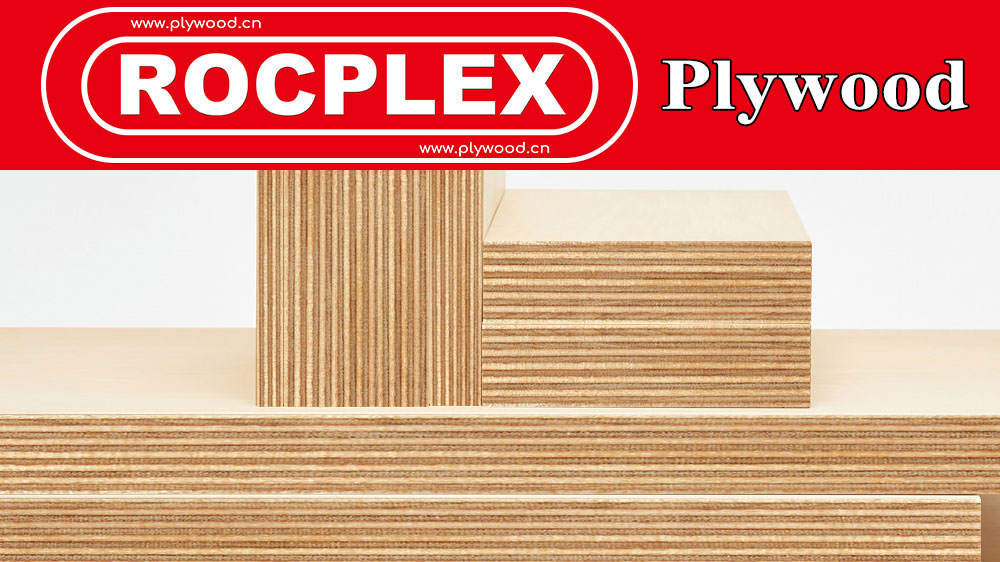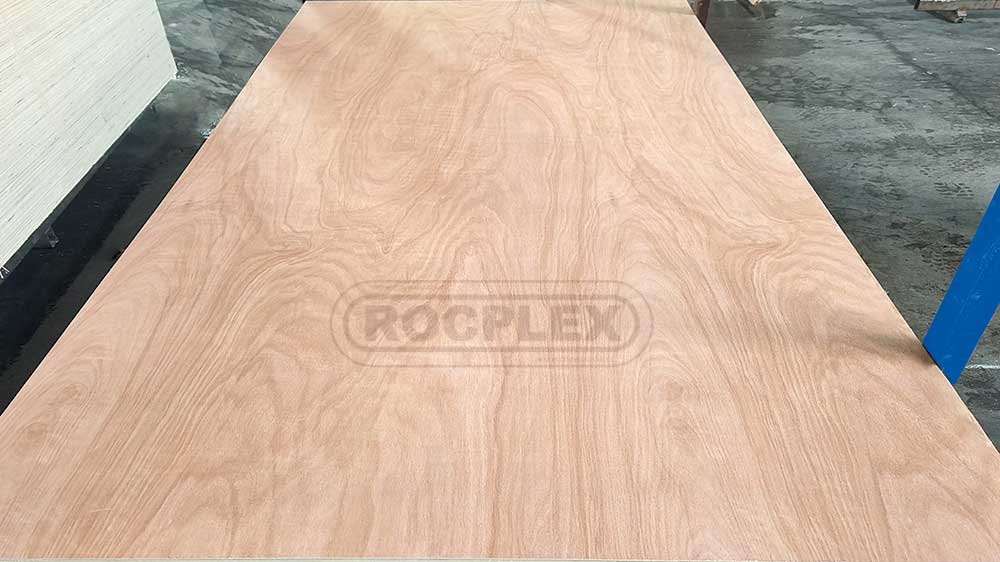Ply wood is an engineered wood product made of thin layers of wood veneers glued together. Each layer’s grain is rotated, enhancing the strength and reducing the tendency to shrink, swell, or warp.
Types of Ply Wood
There are several types of plywood, each with specific properties and applications:
- Softwood Plywood: Typically used in construction.
- Hardwood Plywood: Often employed in furniture.
- Marine Plywood: Specifically treated for water resistance.
Historical Background
The use of plywood dates back to ancient Egypt and China, where it was utilized for furniture and other applications. Modern manufacturing methods have revolutionized the production, quality, and accessibility of plywood.
Manufacturing Process of Ply Wood
Wood Selection
The first step in the manufacturing process is selecting the right type of wood. Factors include the type of plywood being produced and its intended application.
Veneer Cutting
The selected wood is then cut into thin veneers. Various methods, such as rotary cutting or slicing, can be employed.
Gluing and Layering
Veneers are coated with adhesive and layered together. The orientation of the grain is strategically altered to enhance strength.
Pressing
The layers are subjected to heat and pressure in a hydraulic press. This causes the adhesive to cure, bonding the layers securely.
Trimming and Sanding
After pressing, the ply wood is trimmed to the desired size and sanded to create a smooth surface.
Quality Control
Quality control is an essential step, ensuring the plywood meets specific standards. This includes testing for strength, moisture resistance, and adherence to regulatory requirements.
Applications of Ply Wood
Construction Industry
In the construction industry, ply wood is a preferred material for sheathing, roofing, and flooring. Its strength and versatility make it a suitable choice for various construction applications.
Furniture Manufacturing
Ply wood is commonly used in furniture manufacturing due to its durability and aesthetic appeal. It allows for intricate designs and finishes.
Marine Applications
Marine-grade ply wood is specifically engineered to resist moisture, making it ideal for boats and other marine structures.
Transportation Industry
Ply wood’s lightweight and strong nature have made it a preferred material in the transportation industry, notably in the manufacturing of trailers, vans, and more.
Standards and Regulations for Ply Wood
International Standards
Compliance with international standards is paramount in ensuring the quality and safety of plywood. These include:
- ISO Standards: Guidelines related to quality, safety, and sustainability.
- EN Standards: European norms that govern various properties of ply wood.
- ASTM Standards: American standards that define specifications and testing methods.
Environmental Regulations
With growing awareness of environmental concerns, several regulations guide the sustainable production of plywood:
- FSC Certification:A globally recognized standard for responsible forest management.
- LEED Credits:Encourages the use of sustainable building materials, including plywood.
Building Codes
Various building codes define the acceptable use of plywood in construction. These codes ensure that the material meets the required safety and performance standards.
Sustainability Concerns with Ply Wood
Sustainable Forestry Practices
Sustainable forestry practices are vital in plywood production. This includes responsible harvesting, reforestation, and ensuring biodiversity.
Recycling and Waste Management
Recycling plywood can minimize waste and reduce environmental impact. Innovative recycling methods are emerging to reclaim and repurpose this material.
Eco-friendly Adhesives
Traditional adhesives may contain formaldehyde, a potential health hazard. Eco-friendly alternatives are increasingly being adopted to mitigate this concern.
Innovation and Technology in Ply Wood
Advanced Manufacturing Techniques
New manufacturing techniques are constantly being developed to enhance the quality and efficiency of plywood production. This includes automation, laser cutting, and more.
Smart Ply Wood
The concept of smart plywood involves integrating sensors and other technologies into the material. This can allow for real-time monitoring of structural integrity, moisture levels, and other factors.
Customization and Design Innovation
With advancements in technology, customization and design innovation are now more feasible. This enables unique and intricate designs, catering to specific customer needs.
Economic Aspects of Ply Wood
Market Dynamics
The ply wood market is influenced by various factors, including demand, supply, regulations, and global economic conditions.
Trade Policies
Trade policies and tariffs play a critical role in the international trade of plywood. Understanding and navigating these regulations is essential for global market participants.
Cost Analysis
Cost analysis involves understanding the various cost components in plywood production. This includes raw material costs, labor, energy, and other factors that influence the final price.
Challenges and Opportunities in the Ply Wood Industry
Challenges Faced by the Ply Wood Industry
The ply wood industry encounters several challenges, some of which include:
- Regulatory Compliance: Adhering to various international and local regulations requires continuous monitoring and can be complex.
- Resource Availability: Sustainable sourcing of timber can be challenging, leading to supply constraints.
- Market Competition: Increased competition from alternative materials affects the market share of plywood.
- Technological Adoption: Implementing advanced technologies in production requires significant investment and expertise.
Opportunities in the Ply Wood Industry
Despite the challenges, the ply wood industry offers numerous opportunities:
- Green Building Movement: The trend towards eco-friendly construction creates demand for sustainable plywood.
- Innovation and Development: Continuous innovation opens new markets and applications for plywood.
- Global Market Expansion: Emerging markets offer new growth avenues for plywood products.
- Collaboration and Partnerships: Strategic alliances can enhance technological capabilities and market reach.
Trends Influencing the Ply Wood Market
Ply Wood Consumer Preferences
Consumer preferences are shifting towards sustainable and customizable products. This trend impacts the plywood industry in terms of design, manufacturing, and marketing strategies.
Ply Wood Technological Advancements
The advent of new technologies like 3D printing and CNC machining offers fresh perspectives in ply wood production and application.
Globalization and Trade Dynamics
Global trade agreements and shifting economic landscapes influence the supply chain and pricing structure of plywood.
Sustainability Trends
The global focus on sustainability is leading to innovative practices in plywood production, including the use of renewable energy sources and reduced waste.
Future Prospects of the Ply Wood Industry
Investment in Research and Development
Investment in R&D can lead to breakthroughs in plywood technology, unlocking new applications and markets.
Ply Wood Education and Training
Fostering education and training within the industry ensures a skilled workforce, enhancing production quality and innovation.
Strategic Planning and Market Analysis
Effective planning and market analysis enable the plywood industry to adapt to changing consumer needs and global trends.
Community Engagement and Social Responsibility
Building strong community ties and emphasizing social responsibility can enhance the image and sustainability of the plywood industry.
Adoption of Digital Platforms
The utilization of digital platforms for marketing, sales, and operations can streamline processes and reach a broader audience.
Case Studies: Innovation and Success in the Ply Wood Industry
Case Study 1: Sustainability Initiatives
One prominent ply wood manufacturer implemented a comprehensive sustainability program. This included responsible sourcing, waste reduction, and community engagement.
Key Takeaways
- Strategic Partnerships: Collaborations with environmental organizations and local communities.
- Technology Integration: Adoption of renewable energy and waste recycling technologies.
- Market Impact: Enhanced brand image, attracting environmentally conscious consumers.
Case Study 2: Technological Advancements
A leading player in the plywood industry introduced advanced manufacturing processes like robotic automation and 3D printing.
Key Takeaways
- Increased Efficiency:Enhanced production speed and precision.
- Innovation:Development of unique plywood products and applications.
- Competitive Edge:Differentiation in the market through technological leadership.
Case Study 3: Global Expansion Strategy
A ply wood company successfully expanded into emerging markets through strategic planning, local partnerships, and understanding of cultural nuances.
Key Takeaways
- Localized Approach:Customized plywood products catering to regional preferences.
- Collaboration:Building relationships with local distributors and authorities.
- Market Growth:Increased market share and revenue in new territories.
Case Study 4: Digital Transformation
A mid-sized ply wood manufacturer embraced digital transformation by implementing e-commerce platforms, digital marketing, and data analytics.
Key Takeaways
- Customer Reach:Expanded customer base through online platforms.
- Data-Driven Decisions:Utilized analytics for informed business strategies.
- Agility:Quick adaptation to market changes and consumer trends.
Recommendations for the Ply Wood Industry
Based on the insights from these case studies, here are some actionable recommendations for the ply wood industry:
- Embrace Sustainability: Incorporate sustainable practices in sourcing, manufacturing, and community engagement.
- Invest in Technology: Explore and invest in cutting-edge technologies to drive innovation and efficiency.
- Expand Globally with Insight: Understand local markets and build strong partnerships for successful global expansion.
- Leverage Digital Platforms: Utilize digital channels for marketing, sales, and operational efficiency.
Ply Wood Policy Implications and Regulatory Landscape
Governments and regulatory bodies play a vital role in shaping the plywood industry.
Environmental Regulations
Stricter regulations on logging and environmental conservation influence ply wood sourcing and manufacturing.
Trade Policies
International trade agreements and tariffs impact the global supply chain and pricing dynamics of plywood.
Standards and Certification
Compliance with industry standards and obtaining certifications can enhance credibility and market positioning.
Workforce Development
Policies supporting education and training in the plywood industry are crucial for skill development and innovation.
Through concerted efforts from industry players, regulators, and communities, the plywood industry can thrive in a rapidly changing global landscape. Up next, a thorough analysis of specific market segments, consumer behaviors, and a detailed forecast of industry growth.
Market Analysis: The Future of the Ply Wood Industry
Segmentation and Targeting
The plywood market is divided into various segments, each catering to specific needs and preferences.
Residential Construction
A significant share of the plywood market caters to residential construction, offering durability and aesthetic appeal.
Commercial Construction
Commercial projects require specialized plywood, emphasizing structural integrity and sustainability.
Furniture and Decor
This segment focuses on the plywood used in furniture and interior decoration, highlighting design flexibility and visual appeal.
Automotive and Transportation
Ply wood is used in the automotive and transportation industry for lightweight and durable components.
Consumer Behaviors and Preferences
Understanding the behavior and preferences of consumers in the plywood market is essential for success.
Preference for Sustainability
Growing awareness of environmental issues has led to a preference for sustainably sourced plywood.
Quality Consciousness
Consumers are increasingly seeking high-quality plywood products, recognizing the value of longevity and performance.
Customization and Personalization
The demand for customized plywood products, tailored to individual needs and tastes, is on the rise.
Geographical Analysis
The ply wood industry varies widely across different regions, influenced by factors such as economy, culture, and regulations.
North America
A mature market with a strong focus on quality and sustainability.
Europe
Emphasizing design innovation and strict environmental regulations.
Asia-Pacific
A rapidly growing market, driven by urbanization and increased construction activities.
Middle East & Africa
An emerging market with potential for growth in the construction and furniture sectors.
Market Trends and Forecasts
The ply wood industry is influenced by several key trends that shape its future direction.
Technology Adoption
Integration of technology such as automation and IoT will redefine manufacturing processes.
Sustainable Practices
Continued emphasis on sustainability will drive innovations in sourcing and production.
Globalization and Localization
Strategies focusing on global reach with localized products will gain prominence.
Economic Factors
Economic growth, interest rates, and governmental policies will continue to impact the plywood market.
Ply Wood Challenges and Opportunities
The ply wood industry faces challenges such as fluctuating raw material prices, regulatory compliance, and competition. However, opportunities lie in innovation, market expansion, and collaboration.
Competitive Landscape
Understanding the competitive dynamics within the plywood industry is vital for strategic planning.
Major Players
Identifying key players, their market positioning, and strategies.
New Entrants
Recognizing emerging competitors and potential disruptors.
Collaborations and Mergers
Exploring opportunities for strategic alliances and mergers.
Strategic Planning for Ply Wood Industry Stakeholders
Based on this comprehensive analysis, industry stakeholders can devise effective strategies to navigate the complex ply wood market. The focus should be on innovation, sustainability, customer engagement, and global expansion. Attention to detail, adaptability, and collaboration will define the path to success in the evolving plywood landscape.
Post time: Aug-31-2024




